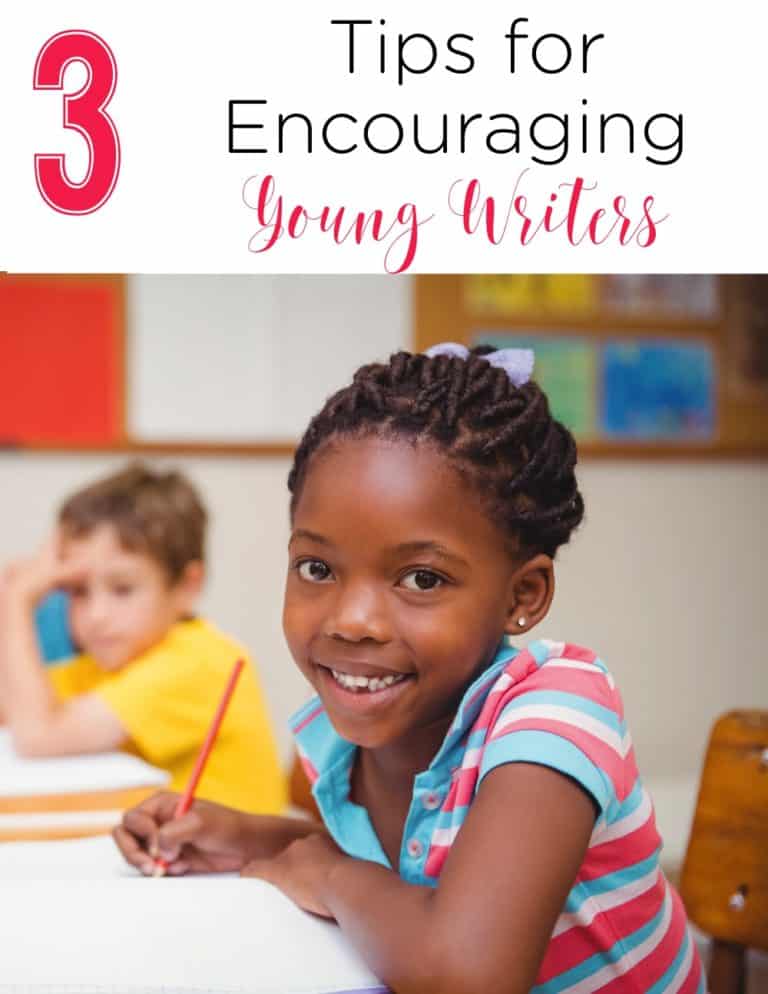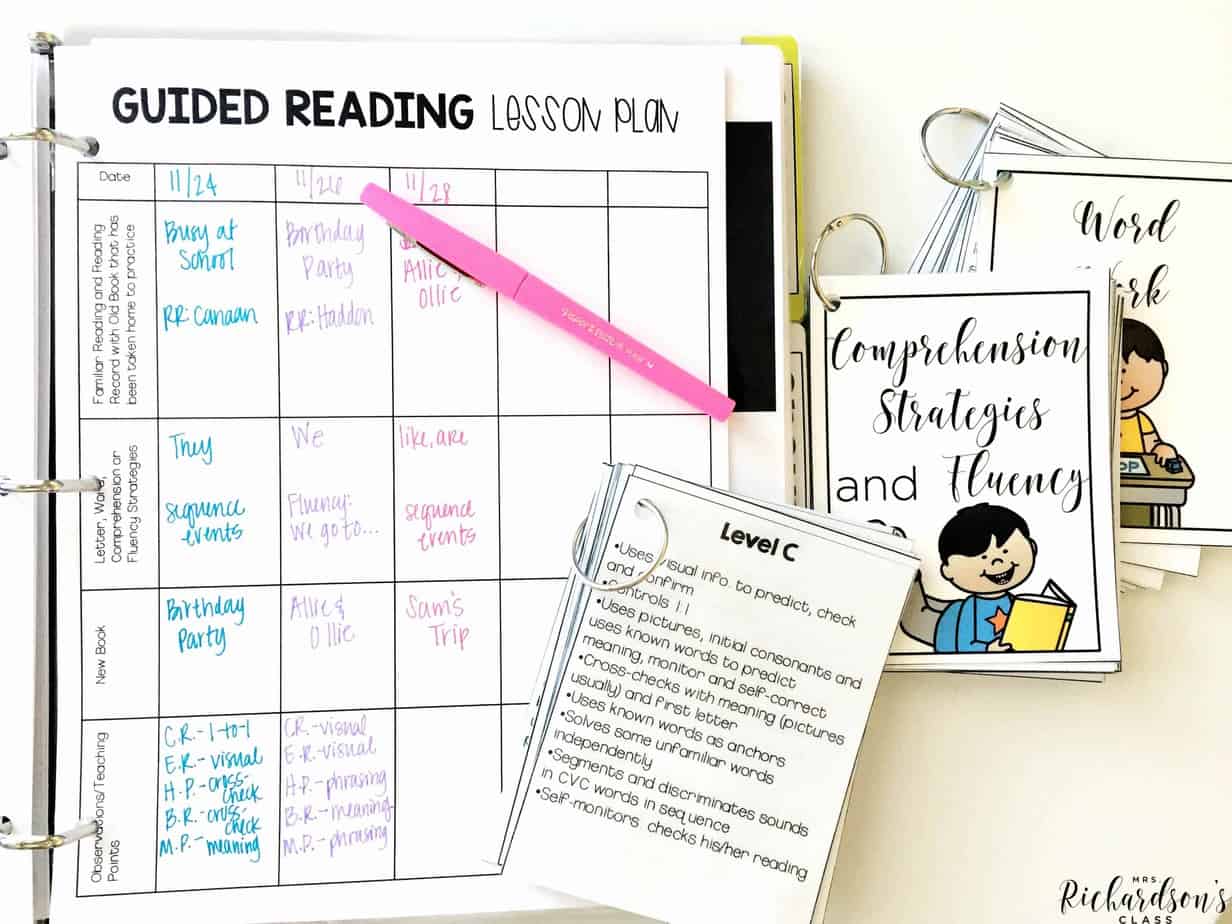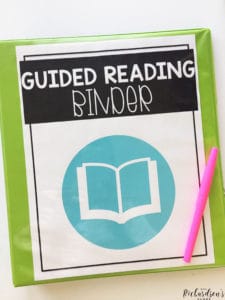


Though guided reading is a short time with students that seems to fly by, it is filled with many essential elements. It’s truly a time to coach students in their reading. One of the essential elements includes identifying a teaching point as a student reads. It’s easy to let this go and focus on a the many other things that occur during a guided reading lesson, especially if guided reading is new to you and you are busy trying to find you groove. For so long during my first year of implementing guided reading I struggled with balancing it all, but identifying a teaching point is simple and you CAN do it.
When a student comes to your table, you may do a few things to “warm up their brains” before reading the text you have for that day. As a student is whisper reading, you will take a running record and/or make anecdotal notes. As you do this, you will be able to identify a teaching point. A teaching point is NOT something that you can truly pre-plan. A good teaching point is one that is identified as a student is reading so that you can take what they did and then coach them through it. You identify the teaching point as you are observing.
Your teaching point will last only 1-2 minutes and will be something new that the student needs to learn, not an already taught skill that he/she needs to be reminded of. For example, as a student is reading you may notice that they are are not decoding silent e words correctly. When they are done reading, you will do a short 1-2 minute explanation of the phonics rule and a model of how to read the word. Then you will let the students find words with that rule in the text and re-read a sentence or two. You may have a teaching point for the whole group if everyone or most are struggling with the same concept. It may serve as a prompt (a reminder) for 1 student, but a teaching point for the other 5 students in the group. Or you may choose to do the teaching point one-on-one with a student as the other students are reading the text a 2nd time. This is a big part of the coaching element of guided reading when you consider the gradual release model.
Self-monitoring- These teaching points are strategies that you will teach early on–think Pre-A to Level C readers. Most of these are strategies that you want students to know before they move on to the early reader level of guided reading (Levels D-I). Here you are teaching students how to be self-aware of many basic concepts about print. You also are teaching them how to consider more than one MSV (see below) when they are reading text.
Decoding- These teaching points are strategies that you will identify as you observe students reading. You will make a note to yourself so that you know if the mistake is related to the word meaning, the text structure, or it is a visual mistake (commonly referred to as M, S, or V when coding a running record). For our pre-emergent (Level Pre-A), emergent (Levels A-C) and even some early readers (Levels D-I), this is almost always a teaching point.
Fluency– These teaching points are strategies that you will identify as you listen to students reading. You will be able to tell if they are struggling with phrasing, how the text is flowing when they read or they may be struggling with expression, reading with voice inflections and attention to punctuation.
Comprehension– These teaching points are the purpose of reading–to understand. Jan Richardson says, “Comprehension is the most import part of reading and should always be foremost in your mind as you work with your students.” This is when you ask students to retell the story using any framework that you wish, recall something from the text, relate to characters and so on. Most of the time this is done orally.
Guided Reading Resource Cards pictured above are FREE here.
Since the teaching point isn’t determined until you are “in the moment”, I am always sure to jot it down in my guided reading lesson plan that I keep in my binder. This helps me record both my observations and keep a track of skills that I have taught all in one place. It’s nothing fancy, but helps me have a common place to refer to if I need to do so in the future.
affiliate link below
I love what Jan Richardson says in her book The Next Step in Guided Reading,
“Ask this question, ‘What strategy can I show theses students today that will help them be better readers tomorrow?’ “
Have you mastered identifying a teaching point? It took me a lot of practice to get good at it and I still have SO much more to learn, friends.
pin it

Want to use the latest research to boost your readers during small groups? This FREE guide is packed with engaging ideas to help them grow!

I’m a K-1 teacher who is passionate about making lessons your students love and that are easy to implement for teachers. Helping teachers like you navigate their way through their literacy block brings me great joy. I am a lifelong learner who loves staying on top of current literacy learning and practices. Here, you’ll find the tools you need to move your K-2 students forward!


| Cookie | Duration | Description |
|---|---|---|
| cookielawinfo-checkbox-analytics | 11 months | This cookie is set by GDPR Cookie Consent plugin. The cookie is used to store the user consent for the cookies in the category "Analytics". |
| cookielawinfo-checkbox-functional | 11 months | The cookie is set by GDPR cookie consent to record the user consent for the cookies in the category "Functional". |
| cookielawinfo-checkbox-necessary | 11 months | This cookie is set by GDPR Cookie Consent plugin. The cookies is used to store the user consent for the cookies in the category "Necessary". |
| cookielawinfo-checkbox-others | 11 months | This cookie is set by GDPR Cookie Consent plugin. The cookie is used to store the user consent for the cookies in the category "Other. |
| cookielawinfo-checkbox-performance | 11 months | This cookie is set by GDPR Cookie Consent plugin. The cookie is used to store the user consent for the cookies in the category "Performance". |
| viewed_cookie_policy | 11 months | The cookie is set by the GDPR Cookie Consent plugin and is used to store whether or not user has consented to the use of cookies. It does not store any personal data. |
16 Responses
Thank you very much for this! I teach kindergarten and I’m eager to see your information and put it to use!
You are very welcome, Sue!! 🙂
Thank you SO much for sharing your amazing ideas and resources! I can’t wait to use them! Again, thanks for sharing your ideas and tools
You are very welcome, Karen! You are too kind! 🙂
I am excited to use the journals with my K/1 group!
Do you have a printable list of teaching points somewhere? 🙂
Hi Kelia! Not at this time. Sorry!
Thank you so much for sharing what you have learned through your teaching. I love the information that you share! We are all in this together as we work to do what is best for students.
Yes, Terry! You are right!! I am always happy to share, too!
Thanks!
I am so thankful for your willingness to share your knowledge. It has taken me 3 years to get a proper handle on Guided Reading. It is hard in Kindergarten! There is always room for improvement!
YAY! I’m so proud of you for sticking with it and being so teachable!! Glad you are here!!
As a struggling new-ish teacher I have yet to manage guided reading. I wish I had found you sooner! Thank you for sharing so much from your knowledge to your freebies. Much appreciation and gratitude.